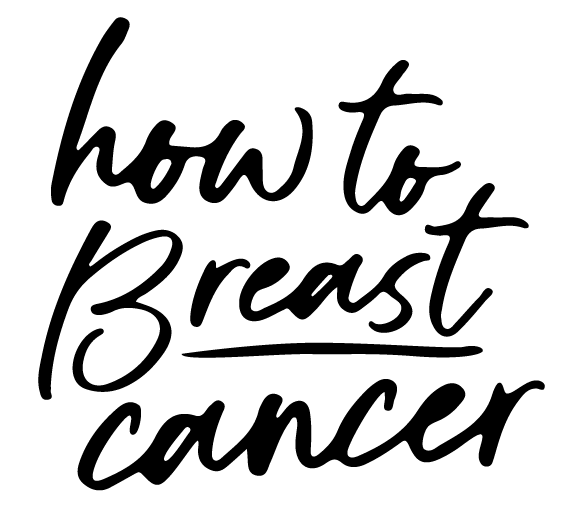Unpacking ‘dense breasts’...
When I think back to my mammograms throughout the years, there have been three words that repeatedly appeared “dense breast tissue”. At the time, I never thought much of it, in large part because there was no history of breast cancer in my family, and I’ve always lived a very healthy lifestyle. So breast density to me just felt like my breast tissues were just “tightly packed”, and on some level, seemed quite logical to me because of my athletic build.
According to the National Cancer Institute, breast density is a term that describes the relative amount of different types of breast tissue (e.g. glandular, fibrous connective, and fatty) as seen on a mammogram. Dense breasts have relatively high amounts of glandular tissue and fibrous connective tissue and relatively low amounts of fatty breast tissue.
For approximately half of women over the age of 40 in the U.S., the description “dense breast tissue” appears on their mammograms.
And like me, most either do not know what it signifies or dismiss it as a perfunctory and immaterial test result.
It is neither.
Dense breast tissue has been associated with up to a four times higher risk of breast cancer.
In fact, earlier this week, the FDA released new regulations requiring mammogram providers to inform patients about the density of their breasts.
So, if you are reading this and are one of the many women who routinely see “dense breast tissue” in your mammogram findings:
Please speak with your doctor right-away and probe further on the results.
Understand what it means specifically for you and any underlying issues.
Test results are not a “one size fits all”. This may mean further screenings for you, through either an ultrasound or MRI, or both.
Don’t place limits on your need to be certain about your health. It’s your health!
And please share this article with anyone for whom you feel it would be of value.
Because as the great poet Maya Angelou said, “when you know better, do better”.
With love,
Amelia O.




